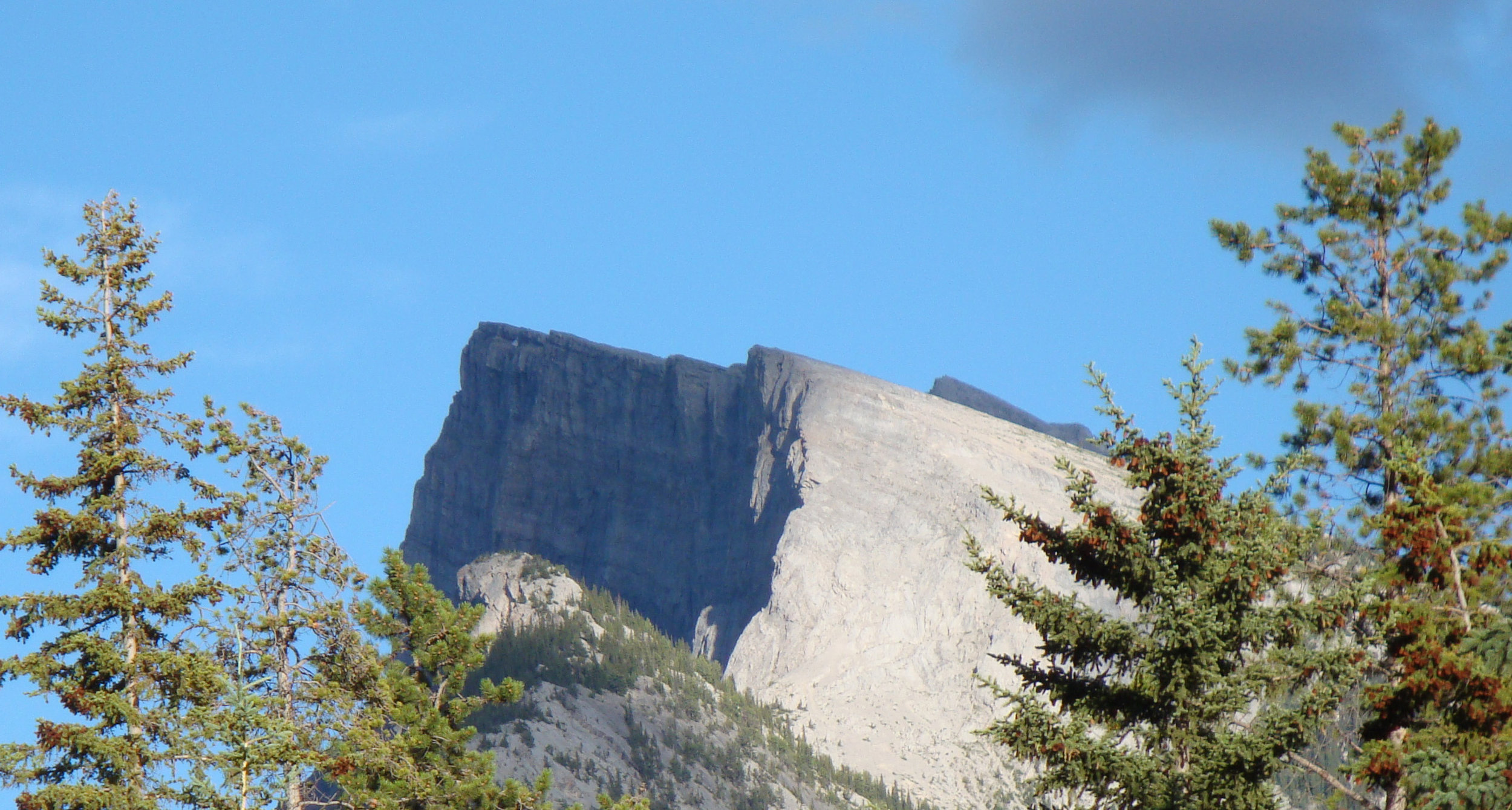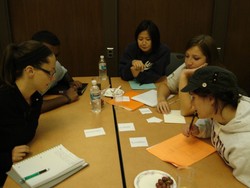 The following is an excerpt from my monograph, Access at the Crossroads. Click on the box in the left column to learn more about it. Too often the history of learning assistance and developmental education is misunderstood or ignored. This is important for today's policy debates about access programs.
The following is an excerpt from my monograph, Access at the Crossroads. Click on the box in the left column to learn more about it. Too often the history of learning assistance and developmental education is misunderstood or ignored. This is important for today's policy debates about access programs.
The third phase of postsecondary education history began during the late 1800s and continued until World War II. The major activities during this era were expansion of tutoring and incorporation of remedial courses in the college curriculum. Academic preparatory academies had been the temporary home for this curriculum earlier in the 1800s. The most frequent service continued to be individual and group tutoring. White male students from privileged cultural and economic backgrounds still dominated college campuses. Women and students of color attended newly established institutions reserved for them. These institutions also embraced remedial courses.
Relationship of the Federal Government and Learning Assistance
The federal government increased direct involvement with postsecondary education during this time. The First Morrill Act (1862) established land-grant colleges, which was the federal government’s first significant financial involvement with postsecondary education. The mission of these new colleges fostered new degree programs in applied education such as agriculture and the mechanical arts. Established denominational private institutions had not previously offered this curriculum. This action broadened the curriculum and increased access for students of modest academic preparation and lower socioeconomic backgrounds.
Although colleges offered wider access through the 1862 Morrill Act, academic preparation of potential students remained uneven. Many new college students had not attended public high school, as few were in operation in the expanding West of the United States. The dramatic widening of access to postsecondary education accelerated development of academic departments that offered remedial courses and tutoring deemed essential for the new students. “Iowa State College simply required that entering freshman be fourteen years old and able to read, write, and do arithmetic. However, when they lacked these skills, students were placed in the college’s preparatory department” (Maxwell, 1997, p. 11). College enrollments soared and many of these new students enrolled in remedial courses. Offering remedial courses and other learning assistance services in a college department addressed many of the problems experienced by external academic preparatory academies such as lack of coordinated curriculum, poor teaching facilities, lack of proper administrative control, and increased stigma for participating students. These problems were the result of the very nature of these academies, as they were clearly separate and seen just as a prerequisite to the college experience.
Remedial Education
The need for academic preparatory departments increased with admission of more students that were academically underprepared. Eighty-four percent of land-grant institutions offered remedial courses by the late 1880s (Craig, 1997). The most frequent term used to describe learning assistance from the 1860s through the early 1960s was “remedial education.” Remedial education targeted students’ specific skill deficits and employed new educational approaches. Clowes (1980) applied an analogy of the traditional medical model for remedial education. Academic weakness was detected through assessment. The problem was hoped to be cured through prescribed treatment. Clowes categorized students enrolled in remedial education as “academically backward or less able students” (p. 8). Repeated academic treatment persisted until students achieved the desired outcomes or “cures.” Students possessed many academic deficits needing prescriptive remediation. Remedial education focused on cognitive deficits and not on improvements in the affective domain. An early glossary developed by the College Reading and Learning Association defined remedial as “instruction designed to remove a student’s deficiencies in the basic entry or exit level skills at a prescribed level of proficiency in order to make him/her competitive with peers” (Rubin, 1991, p. 9). Remedial students were identified as “students who are required to participate in specific academic improvement courses/programs as a condition of entry to college” (p. 9).
Remedial education was a prerequisite to enrolling in college-level courses. Remedial courses focused on acquiring skills and knowledge at the secondary school level. Developmental courses, on the other hand, developed skills above the exit level from high school that were needed for success in college. These courses entered the college curriculum during the next historical phase.
In 1879 Harvard admitted 50 percent of applicants “on condition” because they failed the entrance examination. Tutorial programs initially designed for success with college entrance exams were expanded to assist these provisionally admitted students to succeed in their college courses (Weidner, 1990). The Harvard Reports of 1892, 1895, and 1897 documented poor academic preparation of admitted students. University administrators were surprised to discover that students who suffered academic difficulty were not only those from poor or nonexistent high school education. Instead, it was also the “picked boys” (Goodwin, 1895, p. 292), students from the upper class of U.S. society (Hill, 1885). Provision of tutoring and remedial credit courses demonstrated academic rigor at Harvard and exceeded the academic preparation level even for students with formal preparation for postsecondary education. The gap between academic preparation and college performance placed many of the elite students in need of learning assistance (Brier, 1984).
Remedial Courses in the Curriculum
By 1874 Harvard was first to offer a first-year remedial English course in response to faculty complaints that too many students lacked competency for formal writing activities. Harvard was the first institution that permitted elective courses in response to changing needs of the curriculum. Without flexibility with course options, remedial courses would have been available only as a precollege option. Academic conditions remained unchanged at Harvard, Yale, Princeton, and Columbia by 1907 when half the students failed to earn the minimum composite entrance exam score. Harvard offered a remedial reading course beginning in the early 1900s (Brubacher and Rudy, 1976).
One of the earliest manifestations of college-level learning assistance was the remedial course. The most frequent remedial courses were reading and study skills. More than 350 colleges in 1909 offered “how to study” classes for academically underprepared students. The U.S. Commissioner for Education reported in 1913 that approximately 80 percent of postsecondary institutions offered college preparatory programs with a wide variety of services, including tutoring and remedial courses (Maxwell, 1979). This rate was nearly the same as the mid-1800s. Sensitive to perceptions by students, professors, and others, many colleges began to redefine remedial activities to make them more acceptable by students and campus administrators. When the director of Harvard’s Bureau of Study Counsel renamed Remedial Reading to the Reading Class, enrollment increased from thirty to four hundred annually in 1938 (Wyatt, 1992). Through the introduction of the first developmental course, provision of noncredit academic support, and careful use of language to describe its services and course offerings, the learning assistance field owes much to the leadership and innovations of Harvard University.
Junior colleges (later renamed community colleges) extended the new secondary school movement in the early 1900s. Among the broad mission of many junior colleges was college academic preparation. An analogy for this focus on serving academically underprepared students is calling them “the Ellis Island of higher education” (Vaughan, 1983, p. 9). Many four-year institutions transferred their academic preparatory programs to junior colleges in the early 1900s. As described earlier, standardized admissions test scores permitted colleges to refer students to different types of institutions that maintained varying levels of admission selectivity. As four-year institutions received more state and federal appropriations, the institutional financial profile improved. The need to admit high numbers of students who needed academic help to generate tuition revenue and meet institutional expenses lessened (Richardson, Martens, and Fisk, 1981).
A national survey in 1929 of institutions revealed about one-fourth of survey respondents confirmed that their college assessed reading with the admission examination. Nearly half of all students were enrolled in remedial courses (Parr, 1930). These courses often focused heavily on reading skills. Nearly 90 percent of respondents stated they had not conducted research studies regarding the effectiveness of their learning assistance program (Parr, 1930). Societal changes in the middle of the twentieth century required a major expansion of learning assistance to meet a rapidly growing student body—growing in its diversity and level of academic preparation for college-level work.
to be continued. . .





